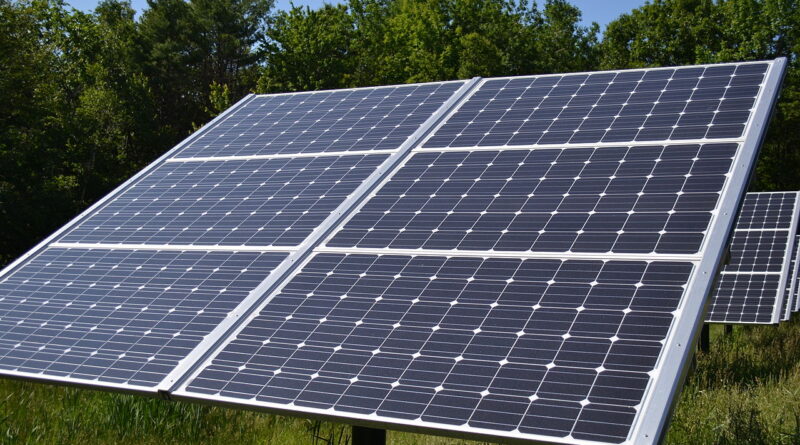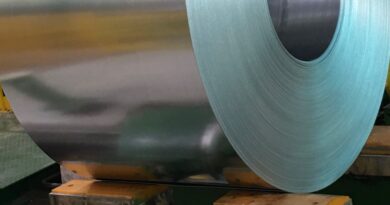Gold miner’s solar plant to provide independence from Eskom
The Pan African Resources’ board has approved the development of a 10MW solar photovoltaic project at Elikhulu’s operation in Evander, following the finalisation of a positive bankable feasibility study undertaken by independent consultants ARUP.
Pan African Resources is a mid-tier African-focused gold producer with a production capacity in excess of 170 000oz of gold per annum. Pan African Resources has three major producing precious metals assets in South Africa: Barberton (target output 95koz Au pa), Barberton Tailings Retreatment Project (20koz) and Elikhulu (55koz), now incorporating Evander Tailings Retreatment Project (10koz).
The Project will initially provide up to 30% of Elikhulu’s annual power requirements and aims to reduce the operation’s dependency on the national grid, whilst also reducing exposure to above inflation annual power cost increases.
Additionally, the Project will promote a more sustainable renewable energy solution for the green economy of the country and reduce Elikhulu’s carbon footprint.
The Project, with an expected minimum life of at least 20 years, is expected to generate electricity at a cost lower than Eskom power, which also makes this investment economically compelling.
Additional positive environmental and social aspects include the generation of carbon credits and job creation within the local communities. This investment in renewable energy by the Group will result in improved efficiencies, a further reduction in operating costs and the long term sustainability of the Elikhulu operations.
The EPC (Engineering, Procurement, Construction) contract for the Project has been awarded to an independent contractor and the Group is now in the process of finalising the necessary legal and contractual agreements, as well raising dedicated funding for the project.
A photovoltaic system is a power-generating system designed to supply usable solar power by means of photovoltaics. It consists of an arrangement of several components, including solar panels to absorb and convert sunlight into electricity, a solar inverter to convert the output from DC to AC, as well as mounting, cabling, and other electrical accessories to set up a working system. It may also use a solar tracking system to improve the system’s overall performance and include an integrated battery solution, as prices for storage devices are expected to decline. Strictly speaking, a solar array only encompasses the ensemble of solar panels, the visible part of the PV system, and does not include all the other hardware.




